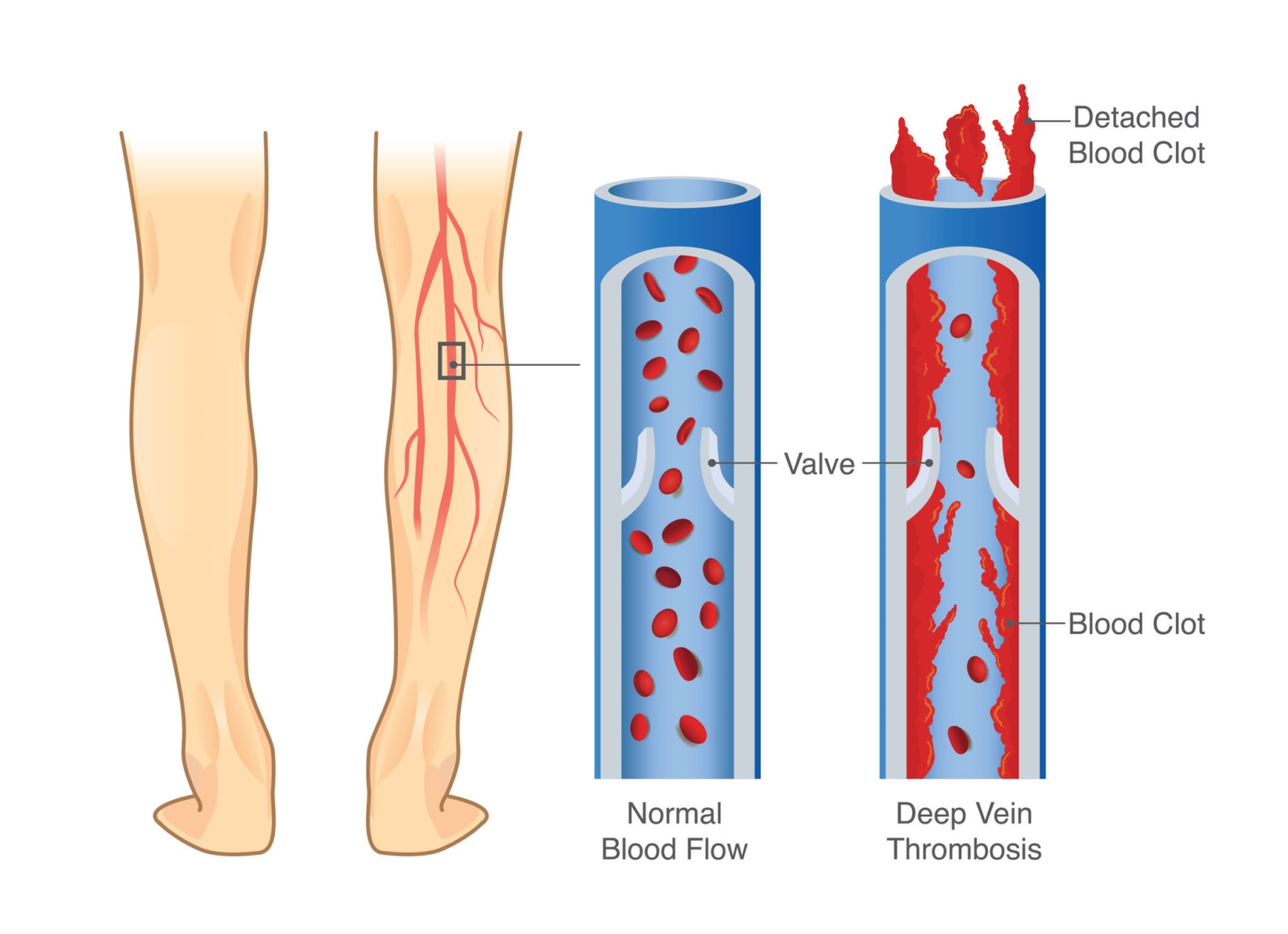A nurse is collecting data on a patient who is postoperative following aortic valve replacement. Which of the following tasks should the nurse prioritize during data collection?
Check the level of the client's pain.
Check the client's blood pressure.
Check the client's bowel sounds.
Check the client's catheter insertion site.
The Correct Answer is A
Choice A reason: Pain assessment is a critical priority for postoperative patients. After aortic valve replacement surgery, patients may experience discomfort or pain related to the incision site, chest tube placement, or other surgical interventions. Pain assessment allows the nurse to evaluate the effectiveness of pain management strategies, adjust medications as needed, and ensure the patient's comfort and well-being. Pain can also impact vital signs and overall recovery, so addressing it promptly is essential.
Choice B reason: Monitoring blood pressure is important, but it is not the highest priority immediately after surgery. Blood pressure assessment is part of routine postoperative care, but it does not directly address the patient's immediate comfort or potential complications. However, if the patient's blood pressure becomes significantly abnormal, it would require immediate attention.
Choice C reason: Checking bowel sounds is relevant for assessing gastrointestinal function, but it is not the top priority immediately postoperatively. Bowel sounds may be diminished initially due to anesthesia, surgical manipulation, or bowel rest. However, assessing pain and other vital signs takes precedence over bowel sounds in the immediate recovery period.
Choice D reason: Assessing the catheter insertion site is essential, especially if the patient has an indwelling urinary catheter. However, it is not the highest priority immediately after aortic valve replacement. Pain assessment and monitoring for complications related to surgery (such as bleeding, infection, or cardiac issues) take precedence. The catheter site can be assessed during routine nursing care.
Nursing Test Bank
Naxlex Comprehensive Predictor Exams
Related Questions
Correct Answer is D
Explanation
Choice A reason: Scheduling the next appointment for 1 year from now is a standard practice for patients who are considered to be in good health and have no immediate medical concerns. Given the patient's normal BP and BMI, along with no reported medical problems, this would typically be an appropriate action. However, it is essential to consider the patient's age and race, as African American men are at a higher risk for certain conditions, such as prostate cancer, which may warrant more frequent monitoring.
Choice B reason: While providing information for a weight loss plan that includes increasing physical activity is generally beneficial, it may not be necessary for this patient. His BMI is 24, which falls within the normal range (18.5-24.9), indicating that he is not overweight. Therefore, unless the patient expresses a desire to lose weight or improve fitness, this action might not be a priority.
Choice C reason:Offering information on reducing risk factors for hypertension is always a positive step in preventive healthcare. However, the patient's BP is 126 mm Hg, which is considered a normal reading (normal BP range is 90/60 mm Hg to 120/80 mm Hg). Therefore, while education on maintaining a healthy lifestyle is valuable, it may not be the most critical action for this visit.
Choice D reason:Scheduling a PSA test is recommended for African American men starting at age 45 due to their increased risk of prostate cancer. The PSA test measures the level of prostate-specific antigen in the blood, which can be an indicator of prostate cancer. Given the patient's demographic, this proactive screening measure is advisable, despite the absence of symptoms or previous medical problems.
Correct Answer is B
Explanation
Choice A reason : Epinephrine is an adrenergic agonist primarily used in the management of cardiac arrest, anaphylaxis, and severe asthma attacks. It is not used to reverse the effects of warfarin overdose. Warfarin acts as an anticoagulant by inhibiting vitamin K-dependent clotting factors, and epinephrine has no role in this mechanism.
Choice B reason : Vitamin K is the antidote for warfarin toxicity. Warfarin works by inhibiting the vitamin K-dependent clotting factors II, VII, IX, and X. In the event of an overdose, vitamin K is administered to reverse the anticoagulant effects of warfarin and restore the clotting factor levels to normal. The administration can be oral or intravenous, depending on the severity of the overdose and the urgency of the situation.
Choice C reason : Atropine is an anticholinergic drug used to treat bradycardia (slow heart rate) and as an antidote for organophosphate poisoning. It does not have a role in reversing warfarin overdose as it does not affect the clotting cascade or vitamin K metabolism.
Choice D reason : Protamine is used to reverse the effects of heparin, another anticoagulant, but not warfarin. Protamine sulfate binds to heparin, forming a stable complex and neutralizing its anticoagulant effects. Since warfarin's mechanism of action is different from heparin's, protamine is not effective in reversing warfarin toxicity.

Whether you are a student looking to ace your exams or a practicing nurse seeking to enhance your expertise , our nursing education contents will empower you with the confidence and competence to make a difference in the lives of patients and become a respected leader in the healthcare field.
Visit Naxlex, invest in your future and unlock endless possibilities with our unparalleled nursing education contents today
Report Wrong Answer on the Current Question
Do you disagree with the answer? If yes, what is your expected answer? Explain.
Kindly be descriptive with the issue you are facing.
